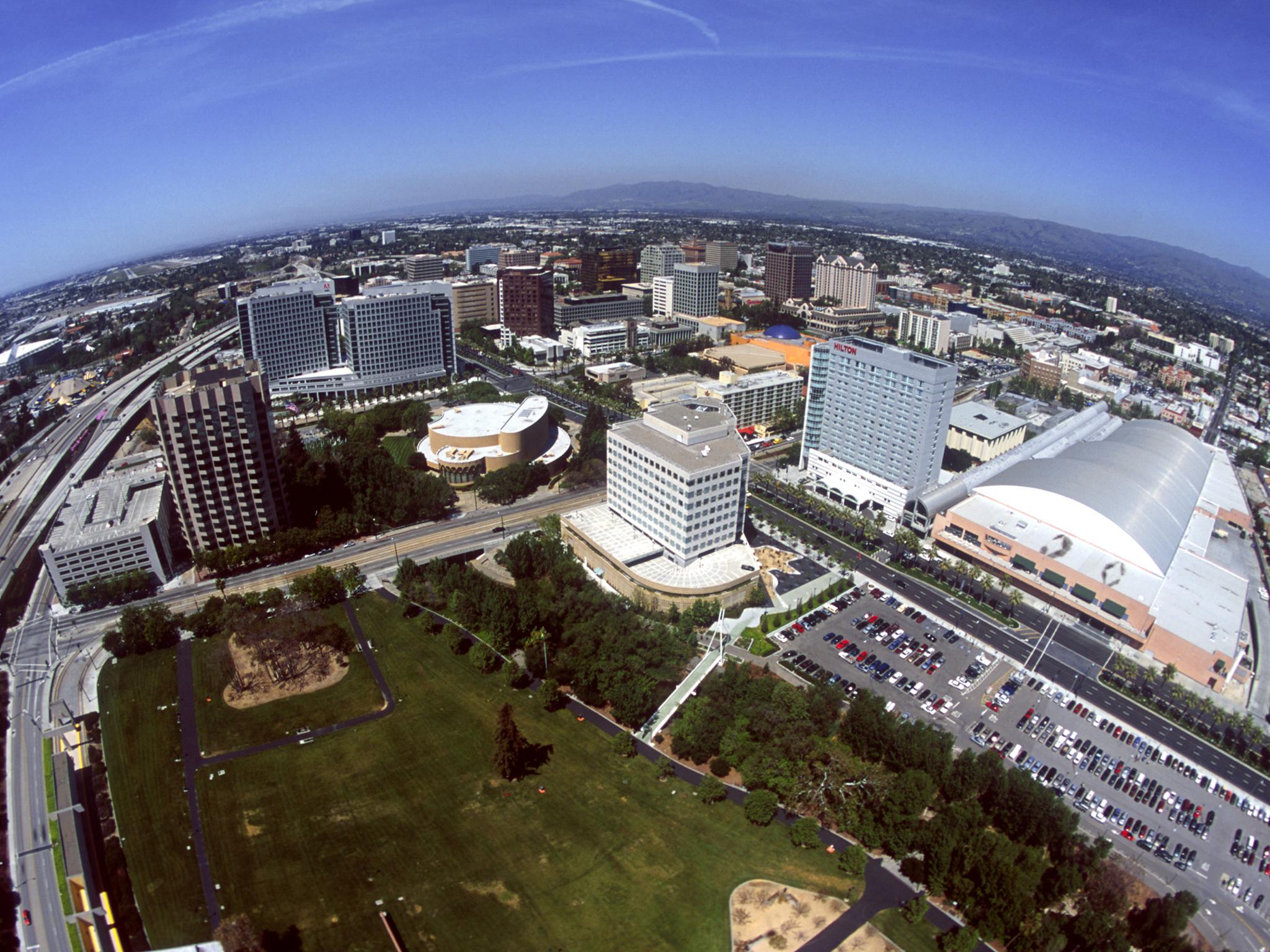Technology is exacerbating unemployment and wage stagnation – and it's set to only get worse
The population must now confront a sharp decline in living standards, driven by globalisation, technology and changes in the structure of the work force

For most people, a secure, fairly paid job is the difference between a reasonable life and destitution. Today changes in the structure of the work force make this objective increasingly elusive.
Technology exacerbated declines in employment and incomes by eliminating certain tasks and deskilling many jobs. Robotics and complex computerised equipment successfully replaced often skilled labour. Computer software is now replacing journalists being able to synthesise news items electronically by crawling the worldwide web. Even traders in financial markets are being replaced by automated algorithms.
In the late 20th century, global supply chains let lower paid workers displace expensive counterparts in more developed countries. Initially, this occurred in manufacturing industries requiring limited skills. Over time, it encompassed more skilled jobs, spreading to services and professional work.
Communications, which allowed cheap real time transmission of voice as well as near instantaneous transfers of vast amounts of data and increasingly high definition images, initially facilitated relocation of production. Increasingly, it allows relocation of services such as engineering, architectural, accounting or legal services and even medical procedures.
In combination with remote command and control technology, originally developed for military applications, it is now possible to control highly automated production lines and even mines from distant sites.
These changes affect incomes and the availability of jobs. US median earnings have not increased since 1975 in real terms. Average real Japanese and German household incomes have been stagnant for more than a decade. UK factory incomes are at or lower than in the late 1970s, after adjusting for inflation.
All workers, irrespective of profession and skill, now face what John Maynard Keynes called “technological unemployment”. A much cited research study by Oxford University found that 47 per cent of all employment (80 million jobs in the US and 15 million in UK) is threatened by automation.
A common assumption was that new jobs in new industries would allow displaced workers to be utilised. Unfortunately, the reality has been different.
The number of people employed in technology has remained modest, around five to six per cent of the workforce. By one estimate, only 0.5 per cent of US labour force is employed in industries that did not exist in 2000. In Silicon Valley, only 1.8 per cent of workers are employed in new industries.
One reason is that many new industries are not labour intensive and even where they are the tasks are readily outsourced to the cheapest supplier globally. A leading technology company like Google only has around 60,000 employees worldwide.
Many of those subject to being “demised” or “involuntary separation” (the Orwellian term for losing your job) are unlikely to find new employment. Assembly line workers are unlikely to reinvent themselves as knowledge workers, technologists, bio-engineers, financiers or other professionals. English economic geographer Professor John Lovering referred to this in 1995 as the “transition fantasy of intellectuals and policy makers”.
Education is not a guarantee of employment. The cost of training has risen sharply, leaving many individuals with substantial student debt. Many new graduates are unable to obtain work in their selected areas and starting incomes are around 10-12 per cent lower than five years ago compounding the problem of higher and increasing student debt.
Mobility of labour is restricted by family, social and financial commitments, such as home ownership. Globalisation never embraced free movement of people, being limited to the movement of capital and goods and services. In reality, mobility exists only for a small number of skilled individuals, who can trade up to countries with greater opportunities and higher rewards using their abilities and training.
Even if feasible, transition requires adequately funded retraining facilities. The complexity and dynamism of the new economy means that employment opportunities for retrained people are not guaranteed. For those who find jobs, the threat of underemployment or unemployment is constant, making it difficult to make long-term plans and achieve long-term financial and personal security.
The economic arguments do not factor in the inefficiency and high costs of constant re-education and retraining of workers with particular skills who may not want to change occupation. It also fails to acknowledge that cheaper goods and services can only be achieved by reducing the input cost, including labour. While innovation and productivity improvements contribute, reduction in employment or income levels is necessary to decrease labour costs.
While there are well-paid jobs for a small portion of the workforce with the required skills, the vast majority of new employment is in the low-paid service sector, such as retail, security, aged and health care. Youth unemployment remains high.
A large part of the population are now members of the “precariat”, a shortened version of the term “precarious proletariat” used in Japan to describe workers without job security who now make up more than 30 per cent of the country’s workforce as companies cut labour costs.
Changes in the workforce affect the nature of society. In the brave new world, a small elite, say 5 per cent, enjoy the significant wealth and control much of its resources. They employ another stratum of people, say 20 per cent, to administer their affairs as well as control the precariat, 75 per cent of the population. Connections, beauty and brains will permit upwards mobility, though movement between the groups may become more difficult. In the new “eke-onomy”, the precariat survives rather than prospers in an essentially subsistence existence.
In 1999, with the American economy in the grip of a speculative mania, Wired, the magazine that exemplified the dot.com era, envisioned ultra prosperity. By 2020, average household income in the US would triple to $150,000, and families would be served by their very own household chefs. Many assumed this progression to be inevitable, ignoring the fuzzy logic and vague arithmetic behind the forecasts. A little more than a decade later, the population must now confront a sharp decline in living standards, driven by globalisation, technology and changes in the structure of the workforce. Continuous improvements in living standards, once taken as a given, may not be the future.
The consequence for the structure of the economy and wider society remain unknown. As Harley Shaken, a labour economist at the University of California at Berkeley, noted: “The most important model that rolled off the Detroit assembly lines in the 20th century was the middle class for blue-collar workers”.
Satyajit Das is a former banker. His latest book is 'A Banquet of Consequences' (published in North America as The Age of Stagnation to avoid confusion as a cookbook). He is also the author of Extreme Money and Traders, Guns & Money



Join our commenting forum
Join thought-provoking conversations, follow other Independent readers and see their replies